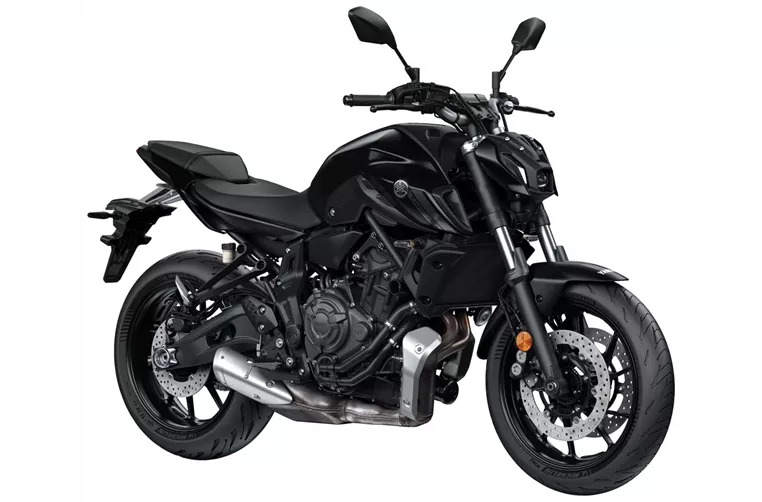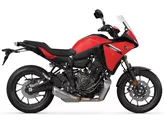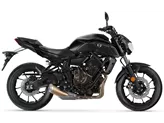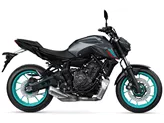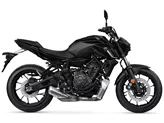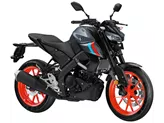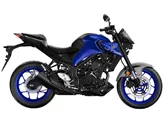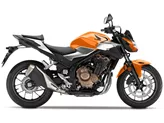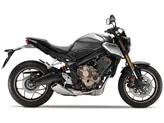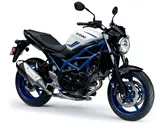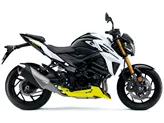Yamaha MT-07 2021 vs. Suzuki SV 650 2017
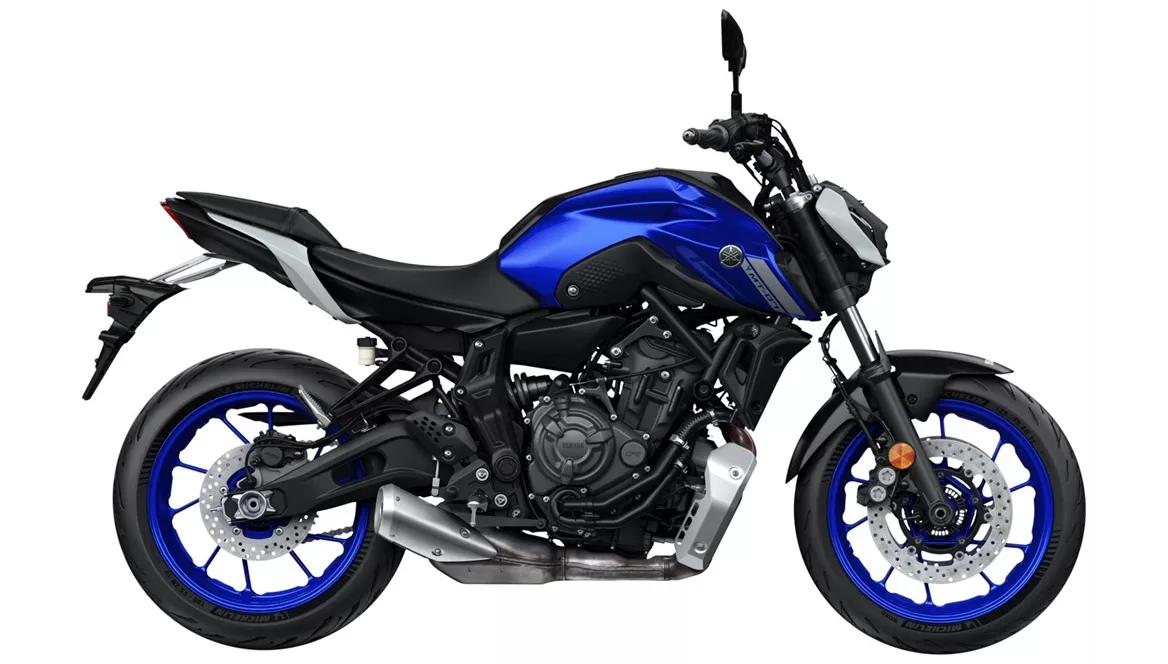
Yamaha MT-07 2021

Suzuki SV 650 2017
Overview - Yamaha MT-07 2021 vs Suzuki SV 650 2017
The Yamaha MT-07 2021 and the Suzuki SV 650 2017 are both popular naked bikes in their respective model years. While they share many similarities in terms of engine type, fuel system, suspension, and frame, there are some notable differences between the two.
In terms of engine power, the Yamaha MT-07 2021 has a slightly lower output with 73.4 HP compared to the Suzuki SV 650 2017's 76 HP. However, the Yamaha MT-07 2021 compensates for this with a higher torque of 67 Nm compared to the Suzuki SV 650 2017's 64 Nm. Both bikes have a 2-cylinder engine and liquid cooling, ensuring optimal performance and reliability.
When it comes to the chassis, both bikes feature a steel frame, providing stability and durability. The Yamaha MT-07 2021 has a slightly lighter kerb weight of 184 kg compared to the Suzuki SV 650 2017's 197 kg, which may contribute to its agile handling.
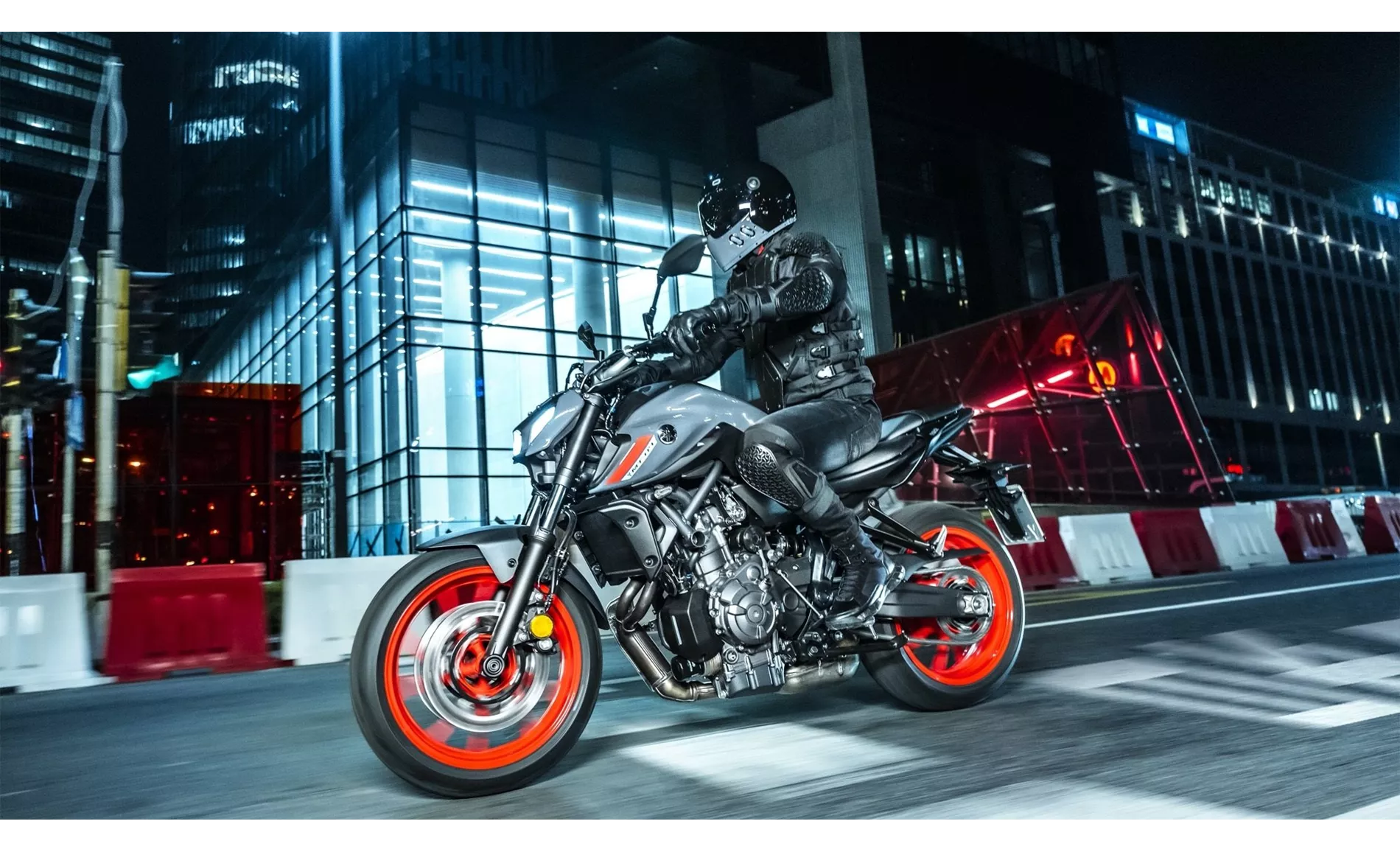
Yamaha MT-07 2021
In terms of suspension, both bikes have a telescopic fork at the front and a swing arm with a monoshock at the rear, ensuring a comfortable and controlled ride. The Yamaha MT-07 2021 has a wheelbase of 1400 mm, while the Suzuki SV 650 2017 has a slightly longer wheelbase of 1445 mm. This may affect the bikes' maneuverability and stability to some extent.
Both bikes come equipped with double disk brakes at the front, providing reliable stopping power. The Yamaha MT-07 2021 has larger brake disks with a diameter of 298 mm compared to the Suzuki SV 650 2017's 290 mm. However, it is worth noting that the Suzuki SV 650 2017 has been criticized for having weak brakes, which may be a disadvantage for riders who prioritize braking performance.
In terms of dimensions, both bikes have a front tire width of 120 mm and a front tire diameter of 17 inches. The Yamaha MT-07 2021 has a wider rear tire with a width of 180 mm compared to the Suzuki SV 650 2017's 160 mm. Both bikes have a seat height of around 800 mm, offering a comfortable riding position for most riders. The Yamaha MT-07 2021 has a slightly larger fuel tank capacity of 14 liters compared to the Suzuki SV 650 2017's 13.8 liters, allowing for longer rides without frequent refueling.

Suzuki SV 650 2017
In terms of strengths, the Yamaha MT-07 2021 is praised for its great engine performance, pleasant ergonomics, transparent brake feel, good price/performance ratio, transparent handling, and a good mix of cool and practical features. On the other hand, the Suzuki SV 650 2017 is known for its smooth engine, playful handling, and great chassis.
However, the Yamaha MT-07 2021 has been criticized for its chassis finding its limits with a very sporty driving style, which may be a drawback for riders who prefer aggressive cornering. Conversely, the Suzuki SV 650 2017 has been noted for having weak brakes, which can be a disadvantage in terms of stopping power.
Overall, both the Yamaha MT-07 2021 and the Suzuki SV 650 2017 are solid choices in the naked bike segment, offering a combination of performance, handling, and comfort. Riders should consider their priorities, such as engine power, braking performance, and handling characteristics, when making a decision between the two models.
Technical Specifications Yamaha MT-07 2021 compared to Suzuki SV 650 2017
Pros and Cons in comparison
Pros and Cons in comparison
Yamaha MT-07 2021
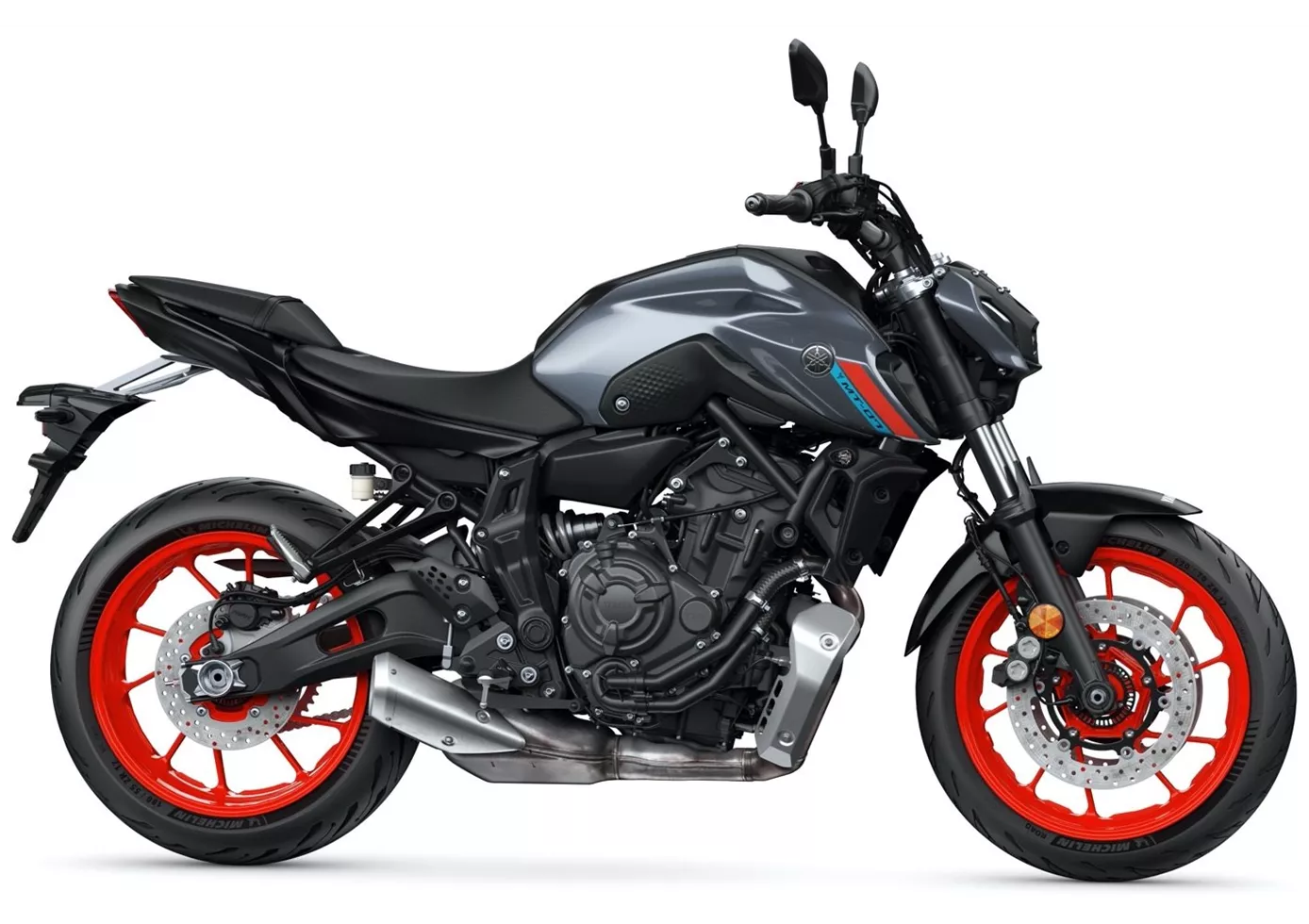
Simply casual motorcycling! The MT-07 conveys carefree joie de vivre and you love to waggle the lively machine through the bends. The engine is still a guarantee for riding fun. It's amazing how much fire blazes in this little part. Unfortunately, the chassis is still not really good. Together with the missing quickshifter, it is reminiscent of the Yamaha's mild price tag.
Suzuki SV 650 2017

The Suzuki SV 650 is accompanied by a long history of success that is sure to continue for a long time. Its supple V2 impresses with very smooth response and plenty of torque. Compact dimensions help to make the motorbike look very compact. This will be very convenient for beginners. The chassis also scores with playful handling. Unfortunately, the braking effect is not at the level one would expect from such a powerful vehicle.
Price Comparison Avarage Market Price Yamaha MT-07 vs Suzuki SV 650
There are a few key differences between a Yamaha MT-07 2021 and a Suzuki SV 650 2017. In terms of price, the actual average price of a Yamaha MT-07 2021 is about 23% higher. Compared to Suzuki SV 650 2017 there are more Yamaha MT-07 2021 bikes available on the 1000PS.de Marketplace, specifically 25 compared to 6. It takes less time to sell a Yamaha MT-07 with 91 days compared to 112 days for a Suzuki SV 650. Since model year 2013 1000PS.de editors have written 69 reviews for the Yamaha MT-07 and 25 reviews for the Suzuki SV 650 since model year 2005. The first review for the Yamaha MT-07 was published on 11/4/2013 and now has more than 12,600 views. This compares to more than 14,200 views for the first review on Suzuki SV 650 published on 9/26/2008.
